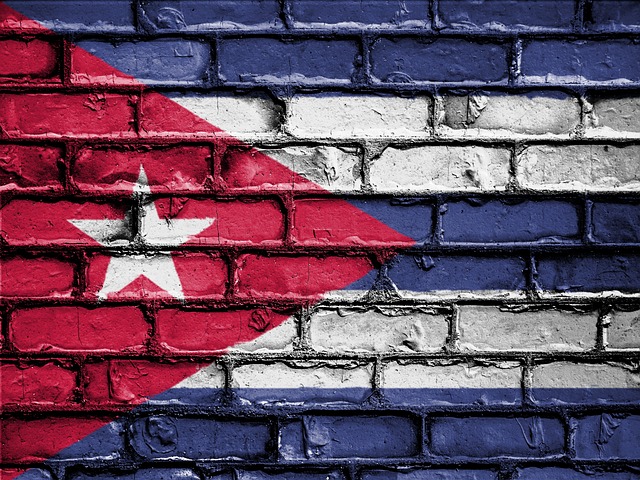The article explores the historical and cultural significance of the 2.5 x 4 American Ultimate Flags, emphasizing its official recognition in 1924, which mirrors the original proportions from the American Revolution. This specific ratio carries deep symbolism for America's collective memories, values, and identity. It represents a continuum of tradition that honors those who fought for American independence and supports the nation's founding principles. The flag is a visual testament to the country's history, uniting people across generations through shared pride and a common heritage. The correct proportions ensure the flag remains a recognizable and respected symbol of freedom, unity, and resilience, reflecting enduring American values dating back over two centuries. The article also discusses the evolution of American identity through key historical events, highlighting how the 2.5 x 4 flag has consistently represented unity and freedom throughout America's history. It recognizes the multicultural essence of America, where the diverse population has enriched the nation's cultural landscape, with the flag symbolizing unity in diversity. Flag Day on June 14th honors the 'Stars and Stripes,' and these flags are central to American heritage and national pride, often featured in educational initiatives, community festivities, and as a tangible connection to America's past. Maintaining reverence for these symbols fosters a shared sense of national identity and unity, ensuring that future generations continue to recognize and respect the profound meanings within each star and stripe.
Embark on a vibrant exploration of America’s rich tapestry through its history, heritage, and symbols. Our journey delves into the enduring legacy of the 2.5 x 4 American flag, a beacon of unity since its inception. As we traverse key historical landmarks that forged the nation’s identity, we also celebrate the cultural mosaic that America represents—a testament to its diverse contributions to the world. Join us in honoring these pivotal moments and emblems that define the American experience, from Flag Day to beyond, ensuring their legacy for generations to come.
- Embracing Tradition: The Significance of the 2.5 x 4 American Flag
- A Journey Through Time: Key Events Shaping American History
- Cultural Mosaic: Exploring America's Diverse Heritage and Contributions
- Flag Day and Beyond: Celebrating and Preserving American Symbols
Embracing Tradition: The Significance of the 2.5 x 4 American Flag

The 2.5 x 4 American flag, a proportionate rendition of the Stars and Stripes, holds a unique place in the tapestry of American history and heritage. This ratio, established by federal law in 1924, embodies the essence of tradition and respect for historical authenticity. When the flag is hoisted on a civic occasion or flutters gently in a breeze, it represents the collective memories and values that have shaped America’s identity. The 2.5 x 4 flag dimensions reflect the original proportions used during the American Revolution, and their adherence remains an act of reverence for those who fought for independence and the principles upon which the nation was founded. It is a visual testament to continuity and the enduring spirit of patriotism that ties generations of Americans together in shared history and pride.
The importance of maintaining the correct proportions cannot be overstated; it ensures that the flag, a symbol deeply ingrained in American culture, remains recognizable and respected. The 2.5 x 4 American flag is not merely a piece of cloth but a living emblem of freedom, unity, and resilience. Its presence during parades, ceremonies, and everyday displays across the country serves as a constant reminder of the values that have long defined this nation—values that transcend time and are as relevant today as they were when the first stars and stripes were stitched together over two centuries ago.
A Journey Through Time: Key Events Shaping American History

Throughout its history, America has been shaped by a myriad of events that have defined its identity and charted its course in the world. From the moment the first European settlers set foot on its shores to the signing of the Constitution, each era has etched its own chapter in the nation’s narrative. The 2.5 x 4 American flag, a symbol of unity and freedom that has flown over American soil for centuries, stands as a testament to the ideals and values that have guided this diverse nation through times of peace and conflict alike.
Key events such as the American Revolution, the Civil War, the Great Depression, and the Civil Rights Movement have profoundly influenced the country’s trajectory, shaping its governance, economy, and social fabric. Each of these pivotal moments has called upon the resolve and ingenuity of the American people, challenging them to rise to the occasion and redefine what it means to be an American. The flag, a constant presence through history, has come to represent not just the nation’s past, but also its ongoing journey into the future, as it continues to wave over new challenges and achievements yet to unfold.
Cultural Mosaic: Exploring America's Diverse Heritage and Contributions

America’s rich tapestry of heritage is a reflection of the diverse peoples who have settled, and in many cases, blended their cultures into the fabric of the nation. From the original Indigenous nations to the waves of immigrants who arrived seeking opportunity and freedom, each group has contributed to the country’s cultural mosaic, enriching its traditions, cuisine, music, art, and innovation. The 2.5 x 4 American flag, an emblem of unity and diversity, symbolizes this grand synthesis that America represents. It is a reminder that while each thread that composes it may have a distinct hue and origin, together they form a harmonious whole, a banner under which all Americans can rally. The flag, with its stars and stripes, stands as a testament to the collective heritage of the United States, where every individual’s story is valued and heard within the diverse chorus that defines the American experience. This unity in diversity is not merely a cultural phenomenon but also a strength that has been instrumental in America’s growth and resilience throughout its history. It is this very characteristic that makes America unique and continues to shape its identity and contributions on the world stage.
Flag Day and Beyond: Celebrating and Preserving American Symbols

2.5 x 4 American flags have long been a symbol of national pride and unity, representing the values and history of the United States. Flag Day, celebrated on June 14th, offers an opportunity for Americans to reflect on the significance of these symbols and their role in the country’s heritage. The day commemorates the adoption of the flag by the Second Continental Congress in 1777, a momentous occasion that solidified the ‘Stars and Stripes’ as a national emblem. Beyond its annual observance, Flag Day serves as a catalyst for educational programs and community events that celebrate the history, design, and meaning behind these symbols of freedom and democracy. The 2.5 x 4 American flag, with its proportions set by federal law since 1917, is not only a visual representation of America’s diverse tapestry but also a tangible piece of living history that each citizen can connect with on a personal level. As Americans wave these flags during parades or display them on their homes and public buildings, they engage in a tradition that reinforces a collective identity and honors the sacrifices made by those who have served and continue to serve in defense of American ideals. The preservation and respect for these symbols are crucial in maintaining a shared sense of national pride and cohesion, ensuring that future generations understand the deeper significance behind each star and stripe.
